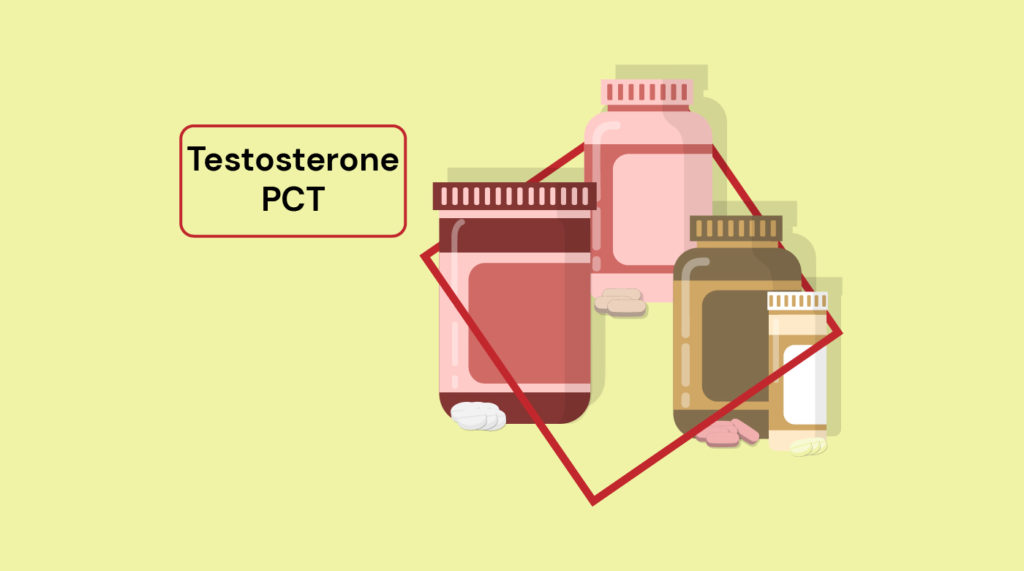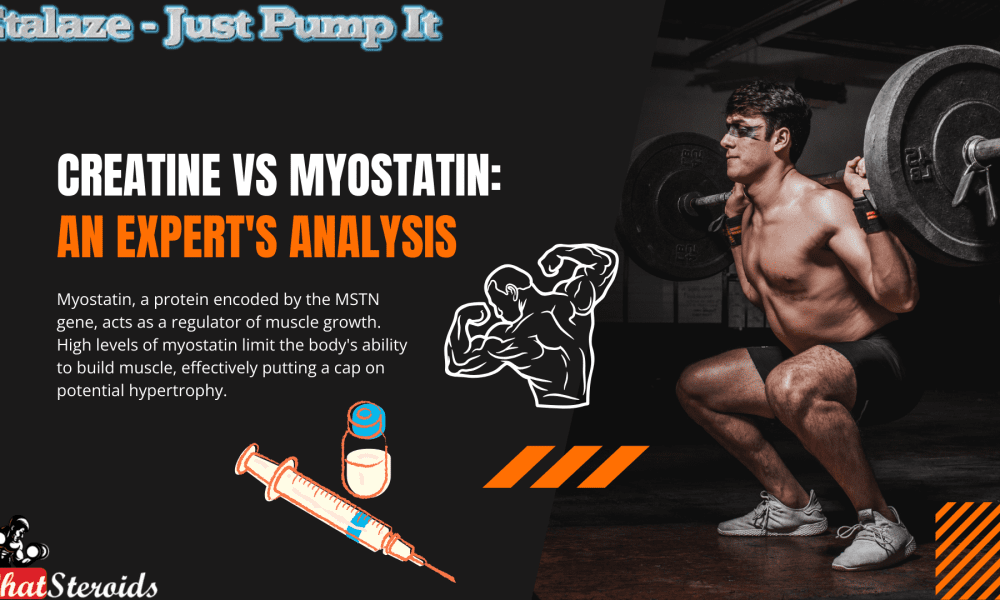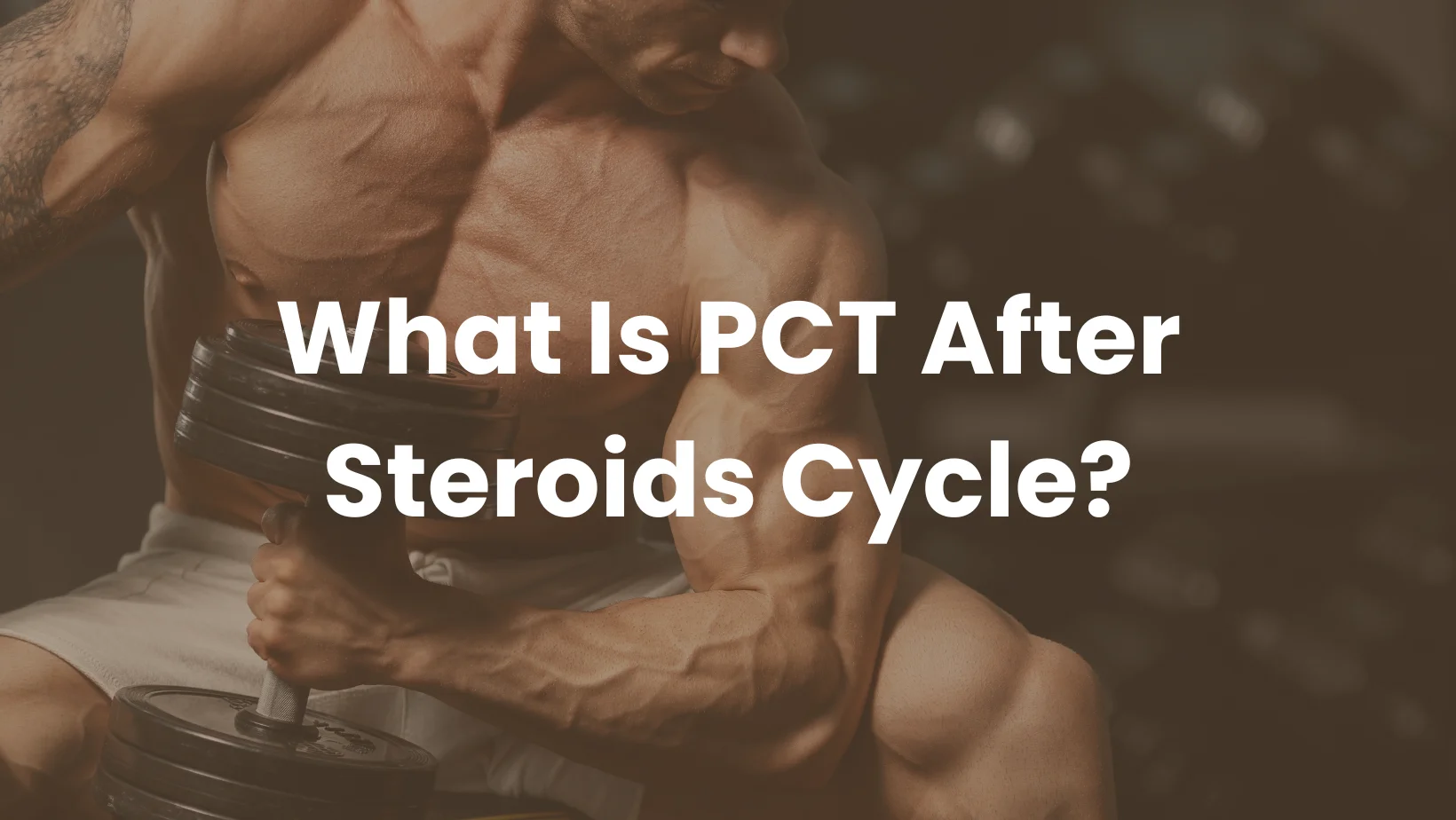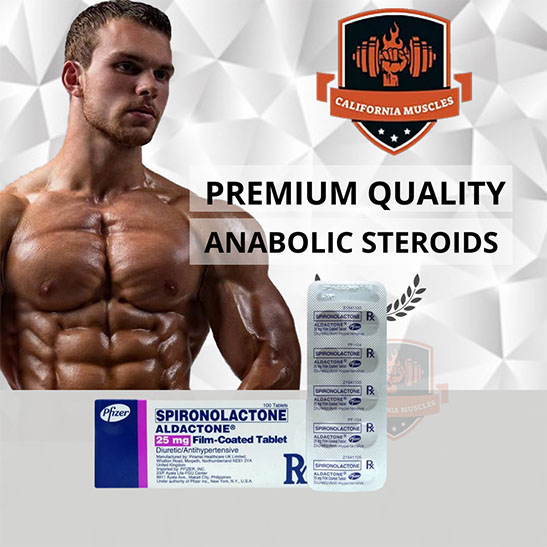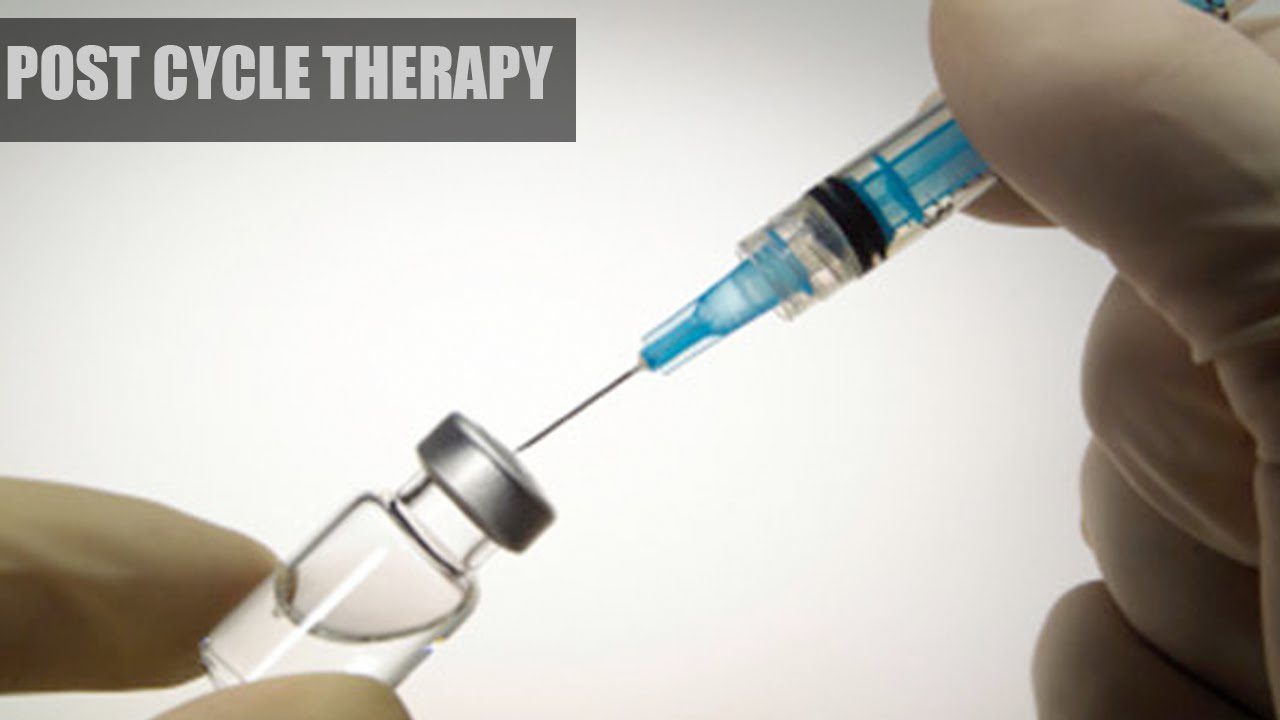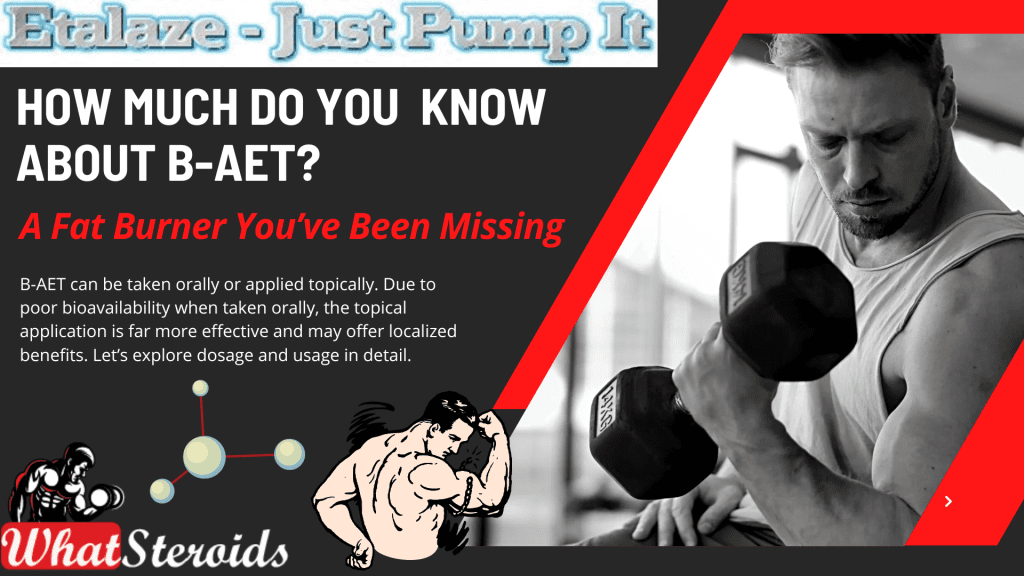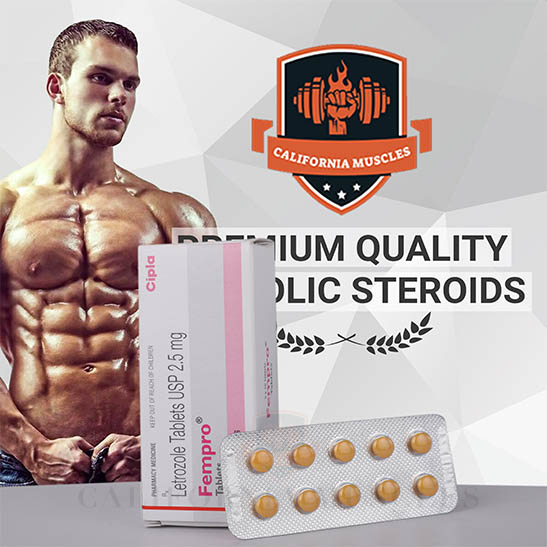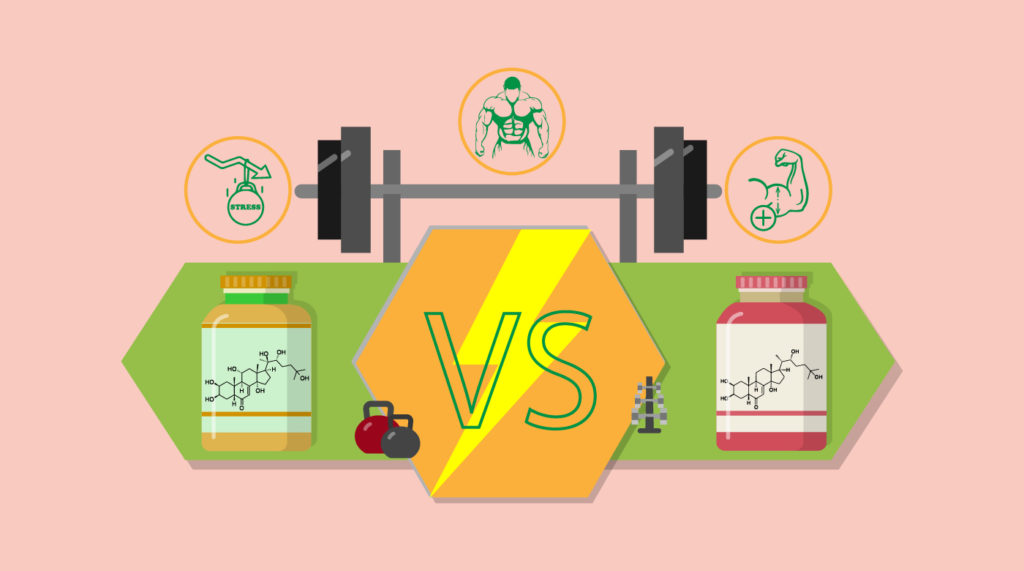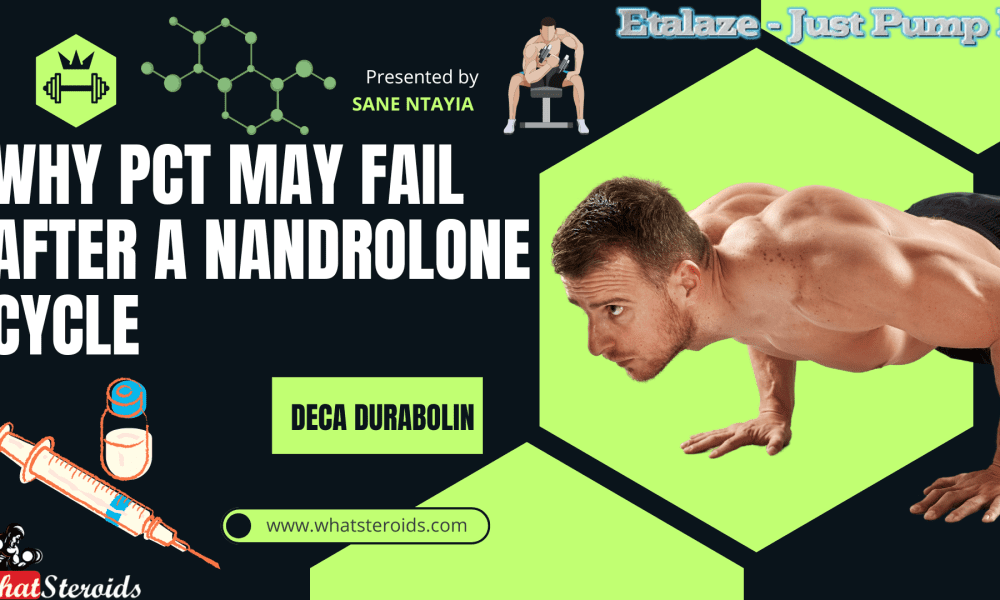What Is A Pct For Steroids

The world of anabolic steroids is complex, often shrouded in misinformation and misunderstanding. One critical, but often overlooked, aspect of steroid use is Post Cycle Therapy (PCT). This article aims to provide a clear and factual explanation of what PCT entails, its purpose, and its potential benefits and risks.
At its core, PCT is a protocol followed after a cycle of anabolic steroid use. Understanding PCT is crucial for anyone considering or engaging in steroid use, as it directly impacts the body's ability to recover hormonal balance.
What is Post Cycle Therapy (PCT)?
PCT stands for Post Cycle Therapy. It is a regimen of medications and supplements designed to help the body recover its natural hormone production after a cycle of anabolic steroid use.
Anabolic steroids, synthetic derivatives of testosterone, suppress the body's natural testosterone production. This suppression can lead to a hormonal imbalance when the steroid cycle ends, potentially causing various side effects.
Why is PCT Necessary?
During a steroid cycle, the body detects the elevated levels of exogenous testosterone. This triggers a negative feedback loop, signaling the hypothalamus and pituitary gland to reduce or halt the production of Gonadotropin-Releasing Hormone (GnRH) and Luteinizing Hormone (LH), respectively.
These hormones are essential for stimulating the testes to produce testosterone. When steroid use stops, the body can take a significant amount of time to restart its natural hormone production.
Without PCT, individuals may experience a range of adverse effects, including loss of muscle mass, fatigue, decreased libido, erectile dysfunction, and even depression. PCT aims to mitigate these effects and restore hormonal balance more quickly.
How Does PCT Work?
PCT protocols typically involve the use of selective estrogen receptor modulators (SERMs) and, in some cases, human chorionic gonadotropin (hCG).
SERMs like Clomiphene Citrate (Clomid) and Tamoxifen Citrate (Nolvadex) work by blocking estrogen receptors in the hypothalamus and pituitary gland. This tricks the body into thinking estrogen levels are low, prompting the release of LH and FSH, which in turn stimulate testosterone production in the testes.
hCG mimics LH and directly stimulates the testes to produce testosterone. It is sometimes used to kickstart testosterone production, particularly after prolonged steroid use that has severely suppressed natural hormone function.
Common PCT Medications
Several medications are commonly used in PCT protocols, each with its own mechanism of action and potential side effects.
Clomiphene Citrate (Clomid): A SERM that stimulates the release of LH and FSH. Common dosages range from 50-100mg per day.
Tamoxifen Citrate (Nolvadex): Another SERM that also increases LH and FSH production. Typical dosages are 20-40mg daily.
Human Chorionic Gonadotropin (hCG): Mimics LH and directly stimulates testosterone production. Dosages vary depending on the individual and the length/intensity of the steroid cycle.
Aromatase inhibitors (AIs) like Anastrozole may also be used during PCT to manage estrogen levels, particularly if estrogen-related side effects like gynecomastia (development of breast tissue in males) occur.
Potential Risks and Side Effects of PCT
While PCT is designed to help restore hormonal balance, it is not without its risks and potential side effects. SERMs, for instance, can cause mood swings, visual disturbances, and decreased libido in some individuals.
hCG can lead to estrogen-related side effects due to increased aromatization of testosterone. It may also cause gynecomastia or exacerbate pre-existing conditions.
Furthermore, PCT does not guarantee a complete recovery of natural testosterone production. Some individuals may experience long-term hormonal imbalances despite undergoing PCT.
The Importance of Medical Supervision
It is crucial to emphasize that PCT should be undertaken under the guidance of a qualified medical professional. Self-administering PCT without proper medical supervision can be dangerous and may lead to adverse health consequences.
A doctor can assess an individual's hormonal profile, determine the appropriate PCT protocol, and monitor for potential side effects. They can also provide advice on lifestyle factors that can support hormonal recovery, such as diet and exercise.
The Significance of PCT
PCT plays a vital role in mitigating the negative consequences of anabolic steroid use. By helping the body restore its natural hormone production, PCT can reduce the risk of side effects like muscle loss, fatigue, and sexual dysfunction.
Furthermore, PCT can potentially minimize the long-term health risks associated with prolonged hormonal imbalances. However, it is essential to recognize that PCT is not a magic bullet and does not eliminate all the risks associated with steroid use.
Ultimately, the best approach is to avoid anabolic steroid use altogether. However, for individuals who choose to use steroids, understanding and implementing a proper PCT protocol is crucial for protecting their health and well-being.
The information provided in this article is for informational purposes only and does not constitute medical advice. It is essential to consult with a qualified healthcare professional before making any decisions related to your health or treatment.

